Data Analyst - Advanced Data Analysis
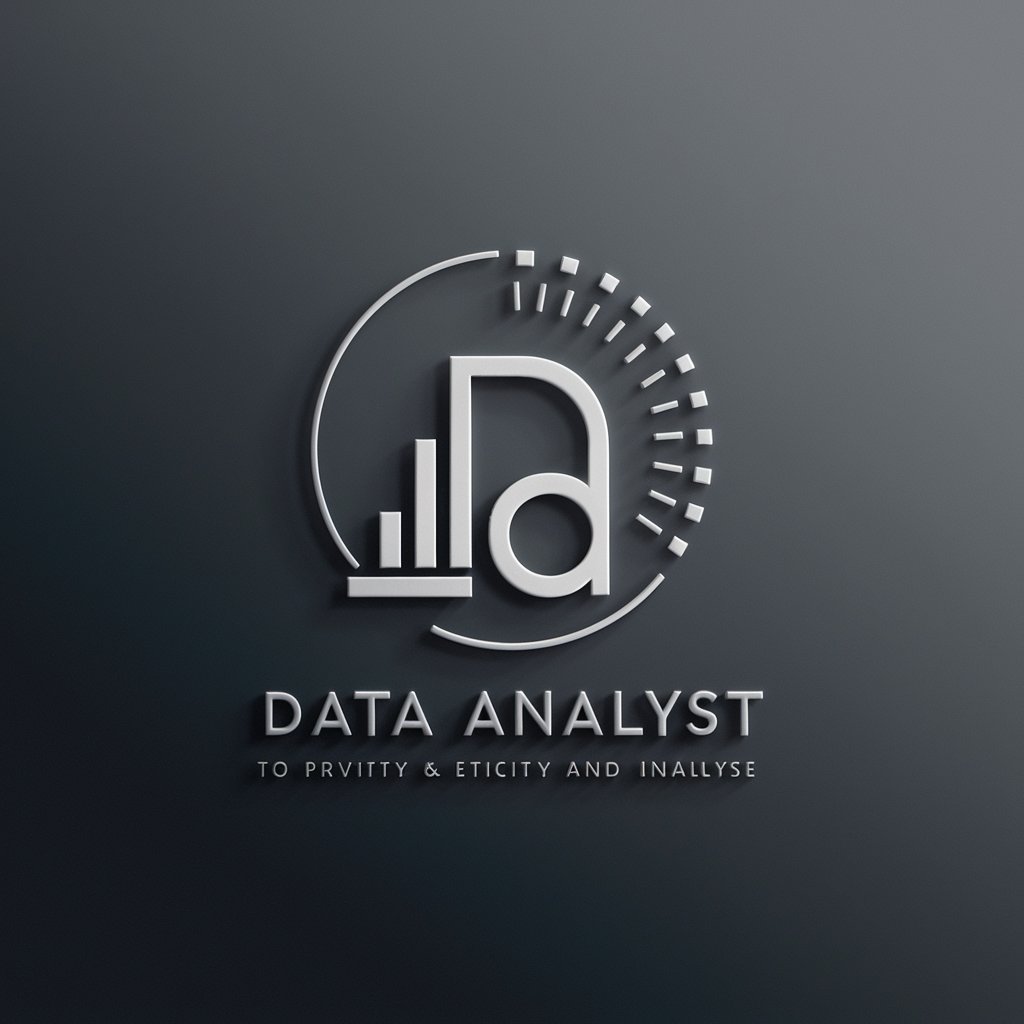
Welcome! Let's dive into your data analysis needs.
Empowering Insights with AI Analysis
Analyze the trends in customer data to identify key patterns and insights.
Develop a predictive model to forecast sales based on historical data.
Create a detailed report on the performance metrics of the marketing campaign.
Evaluate the impact of recent changes in the product lineup using statistical analysis.
Get Embed Code
Introduction to Data Analyst
Data Analyst, as designed, is a sophisticated entity specialized in analyzing and interpreting complex datasets to deliver actionable insights and prescriptive recommendations. Unlike traditional analysis tools that mainly focus on descriptive analytics, Data Analyst is crafted to dive deeper into predictive and prescriptive analytics, employing a variety of methodologies such as statistical analysis, machine learning, and data mining. Its core purpose is to make sense of data in a way that is easily understandable for users, regardless of their technical background. For instance, in a scenario where a business seeks to optimize its supply chain, Data Analyst could analyze historical data to predict future supply and demand, recommend adjustments to inventory levels, and identify potential bottlenecks, thus enabling the business to make informed decisions. Powered by ChatGPT-4o。

Main Functions of Data Analyst
Predictive Analytics
Example
Forecasting market trends for a retail company
Scenario
By analyzing past sales data, customer behavior, and external economic indicators, Data Analyst can predict future sales trends, helping the retail company to adjust its inventory and marketing strategies accordingly.
Prescriptive Analytics
Example
Optimizing supply chain operations for a manufacturing firm
Scenario
Using complex algorithms to analyze supply chain logistics data, Data Analyst can prescribe the most efficient routes and schedules for material delivery, reducing costs and improving production timelines.
Data Visualization
Example
Creating interactive dashboards for a healthcare organization
Scenario
Data Analyst can transform complex patient data into user-friendly, interactive dashboards that healthcare professionals can use to track health outcomes and identify areas for improvement in patient care.
Data Mining
Example
Identifying customer segments for targeted marketing
Scenario
Through advanced data mining techniques, Data Analyst can help a business identify distinct customer segments based on purchasing behavior, enabling targeted and more effective marketing campaigns.
Ideal Users of Data Analyst Services
Business Leaders
Executives and managers who need to make data-driven decisions would benefit greatly from Data Analyst's ability to provide clear, actionable insights into business performance, market trends, and operational efficiencies.
Data Scientists and Analysts
Professionals in data science and analytics fields would find Data Analyst an invaluable tool for conducting complex analyses, validating hypotheses, and exploring data through sophisticated modeling and visualization techniques.
Marketing Professionals
Marketing teams can leverage Data Analyst to understand customer behavior, segment markets, and measure the effectiveness of their marketing campaigns, enabling more personalized and effective marketing strategies.
Healthcare Providers
Healthcare organizations can use Data Analyst to analyze patient data, improve care delivery, manage healthcare operations, and ultimately enhance patient outcomes through data-driven insights.

How to Use Data Analyst
Start Your Journey
Access Data Analyst for a comprehensive analysis experience by visiting yeschat.ai. Enjoy a hassle-free trial without the need for login or ChatGPT Plus subscription.
Identify Your Needs
Determine the specific data analysis tasks you need assistance with, such as predictive modeling, trend analysis, or data visualization, to ensure a focused and effective use of Data Analyst.
Prepare Your Data
Gather and organize your data sets. Ensure they are clean, accurate, and relevant to your analysis goals. This step is crucial for obtaining meaningful insights.
Engage with Data Analyst
Input your data and questions into Data Analyst. Use clear and specific queries to communicate your analysis needs, leveraging its advanced analytical capabilities for deep insights.
Interpret and Apply Insights
Review the analysis provided by Data Analyst. Use its clear, comprehensible insights to inform decision-making, strategies, or further research, ensuring you leverage the full potential of the data.
Try other advanced and practical GPTs
CME Activity Analyst
Elevate Medical Education with AI Insights
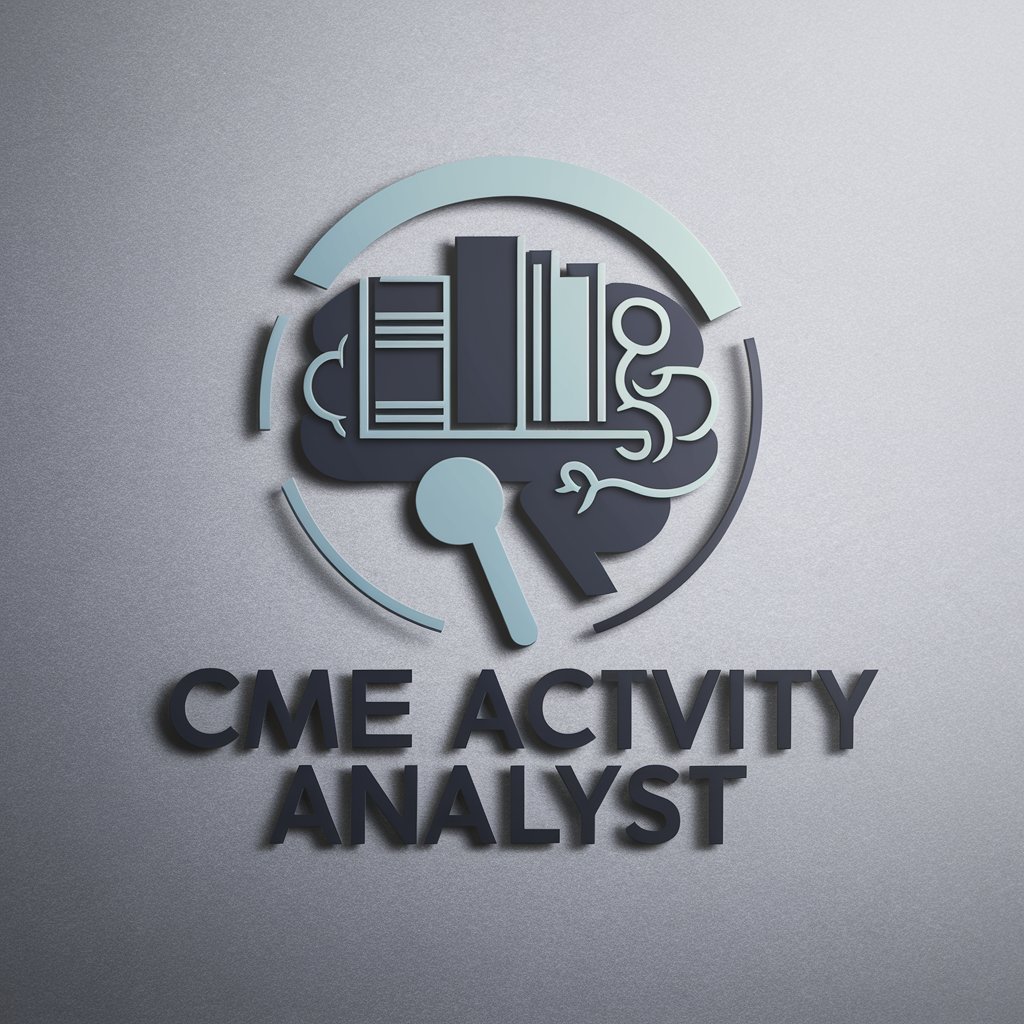
CCM Analyst Pro
Transform Data into Strategy with AI

Bitcoin Analyst
Empower your trading with AI-driven insights.

E-Commerce Analyst
Empower your e-commerce with AI-driven insights

Quant Analyst Pro
AI-driven insights for market closing
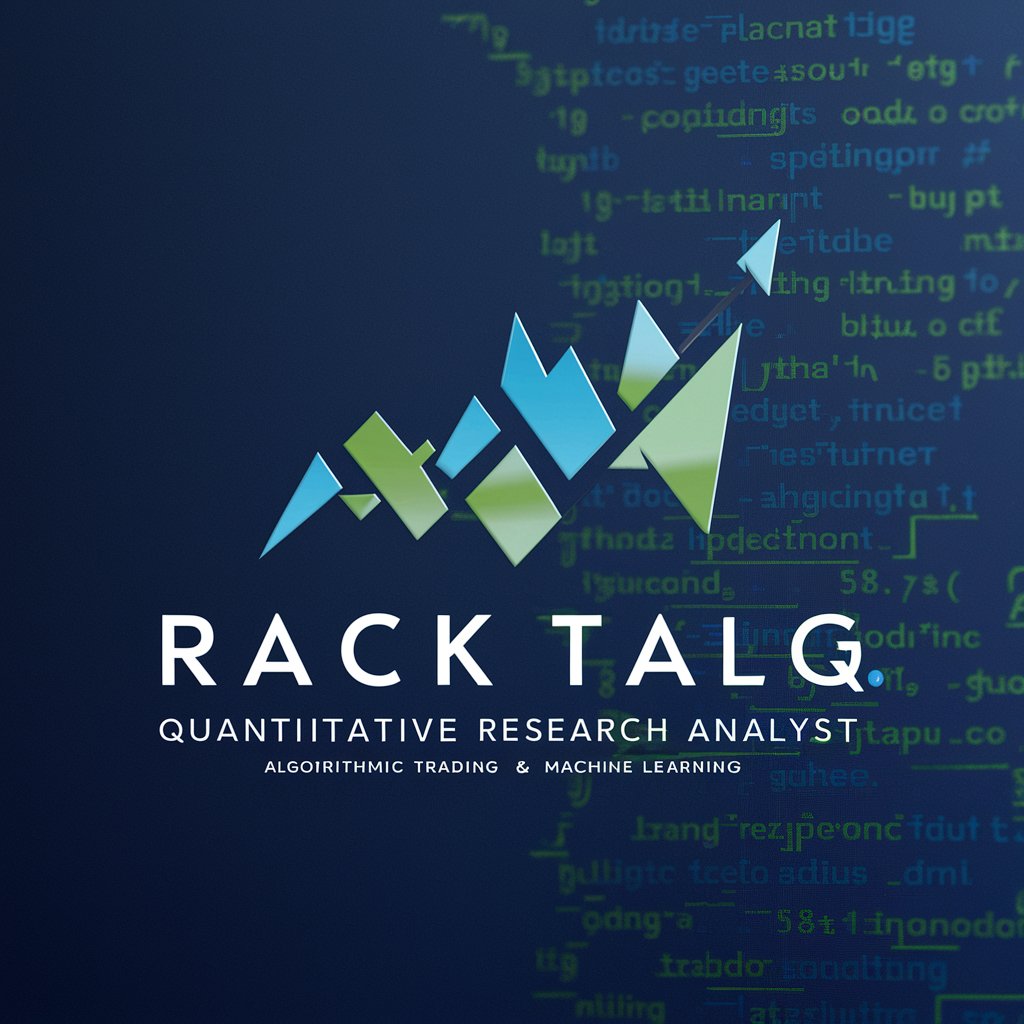
Big Data Analyst
Empowering Analysis with AI-Powered Insights
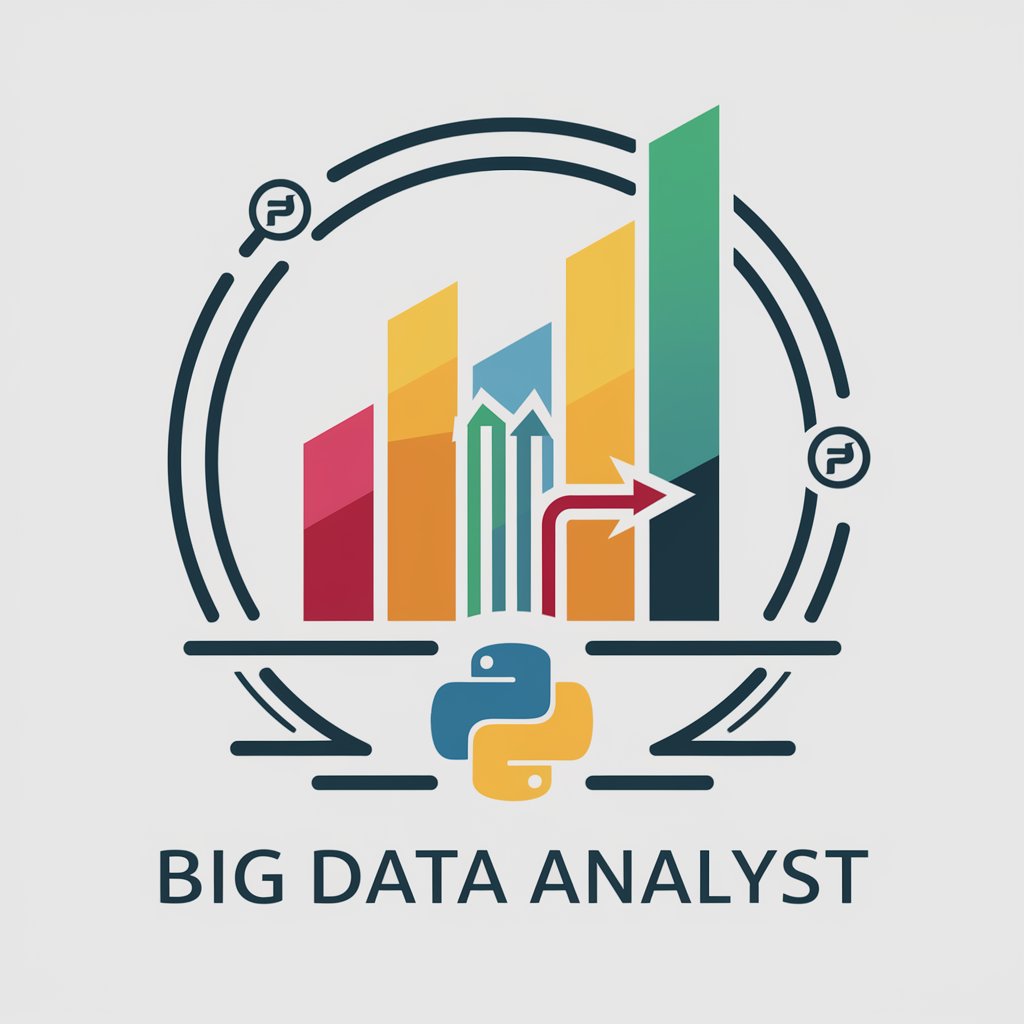
ScienceDirect and MDPI Eco Cheese Analyst
Empower research with AI-driven insights
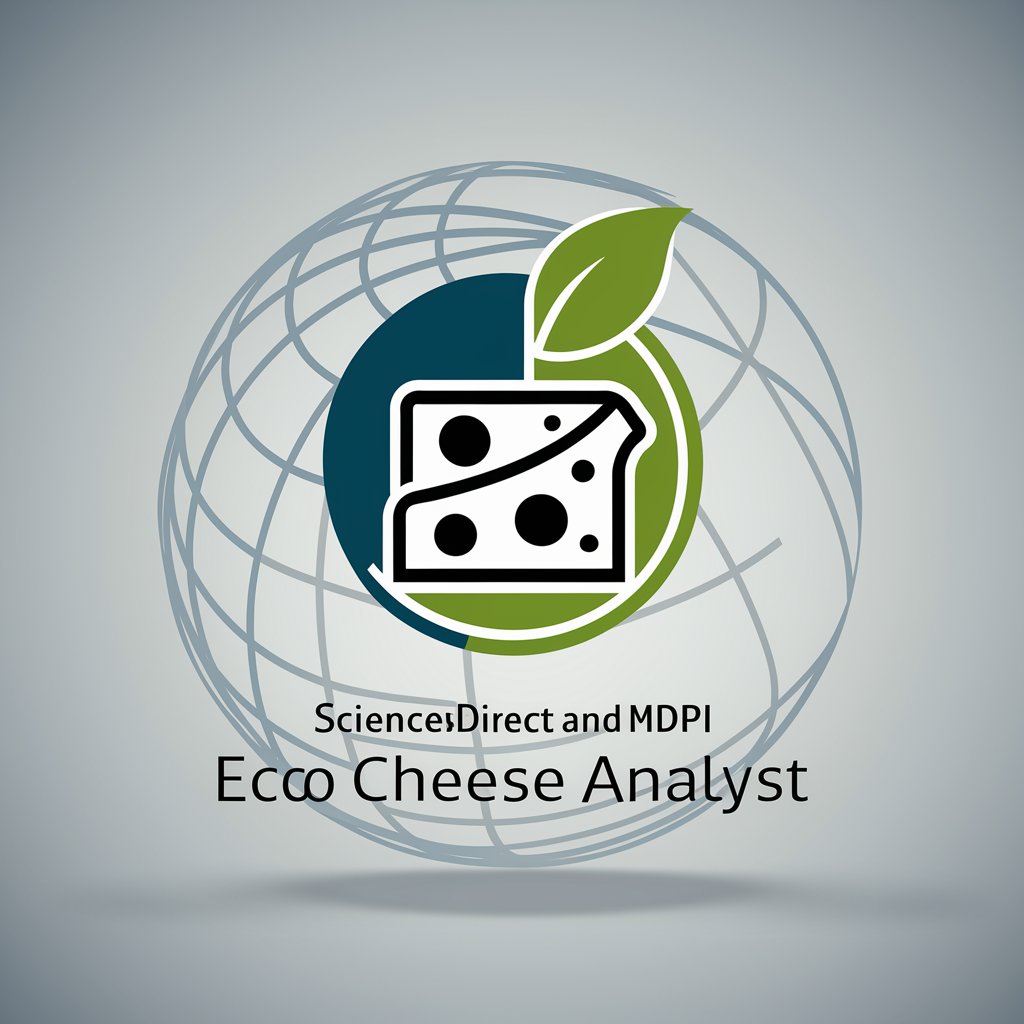
Financial Analyst
Empowering insights with AI-driven financial analysis.

Data Alchemist
Empowering Marketing Strategies with AI

Data Scout
Empowering Insights with AI Analysis

Data Mentor
Empowering Sustainability with AI Insights

Cat Expert
Empowering cat owners with AI-driven guidance.

Frequently Asked Questions about Data Analyst
What types of data can Data Analyst handle?
Data Analyst is equipped to handle a wide range of data types, including structured data like CSV files, unstructured data such as text, and even complex datasets from various domains like finance, healthcare, and e-commerce.
Can Data Analyst provide predictive analytics?
Yes, Data Analyst can perform predictive analytics, using advanced machine learning algorithms to forecast trends, behaviors, and outcomes based on historical data.
Is Data Analyst suitable for beginners in data science?
Absolutely. Data Analyst is designed to be user-friendly, offering guidance and simplified explanations of complex data concepts, making it accessible to beginners while still powerful enough for experienced data scientists.
How does Data Analyst ensure data privacy and security?
Data Analyst adheres to strict data privacy and security protocols, ensuring that user data is processed securely and confidentially, with no information shared or stored without explicit consent.
Can Data Analyst help with academic research?
Yes, Data Analyst is an excellent tool for academic research, offering capabilities for data analysis, visualization, and interpretation that can enhance research papers, dissertations, and other scholarly works.
